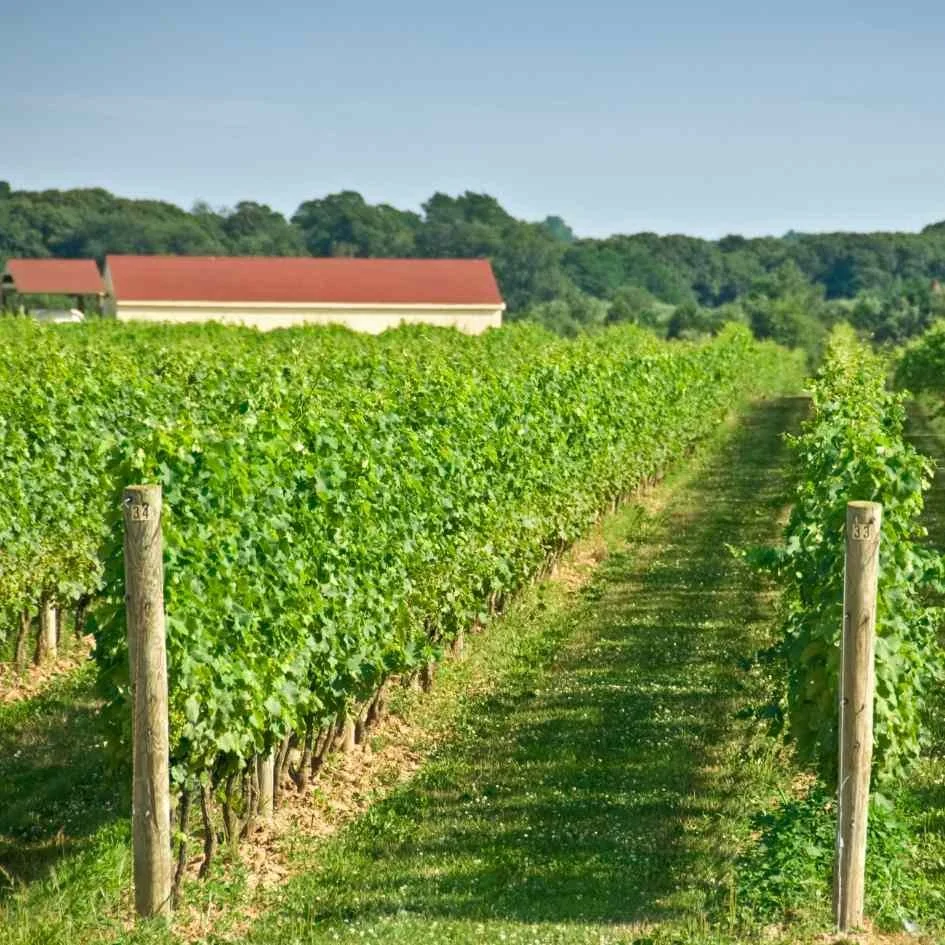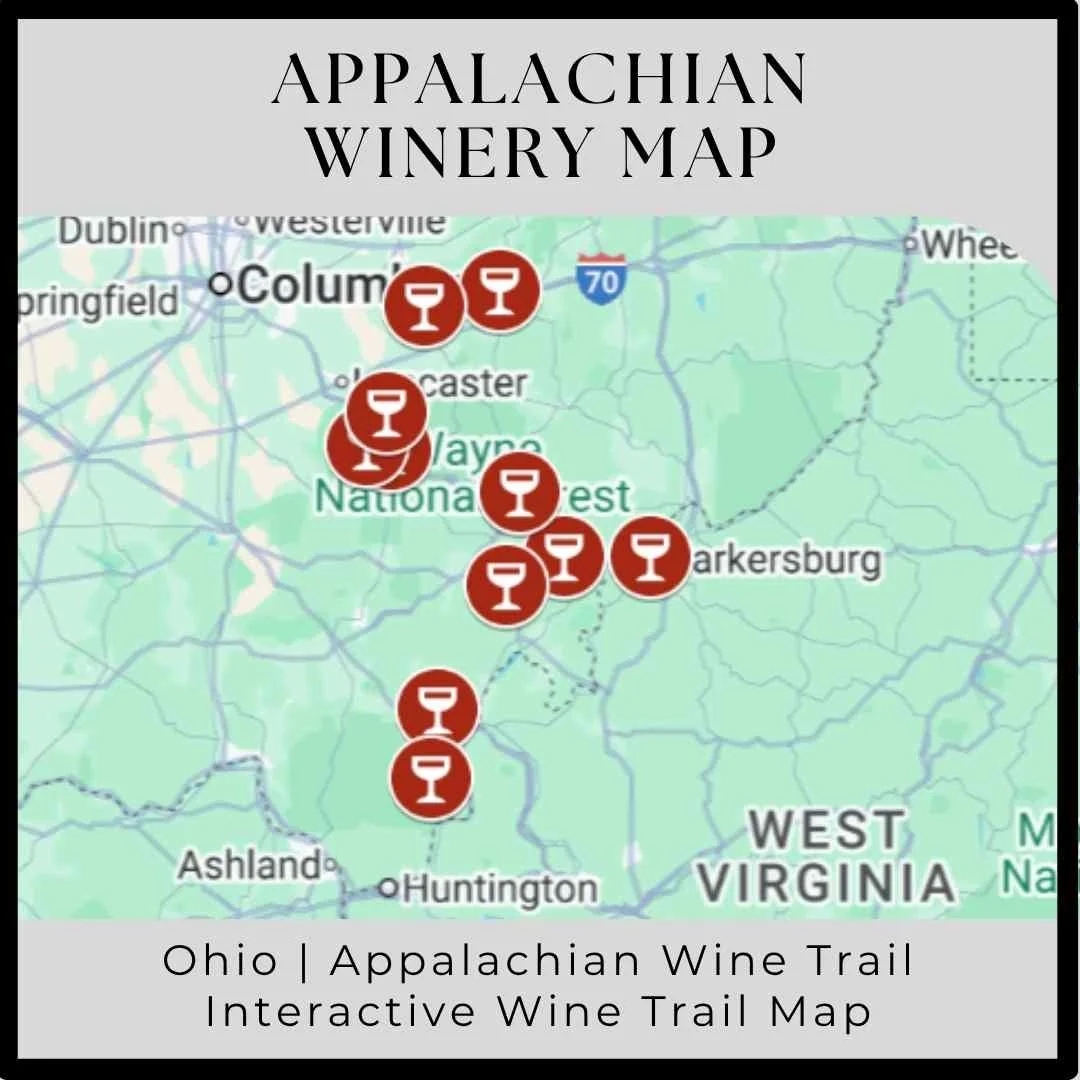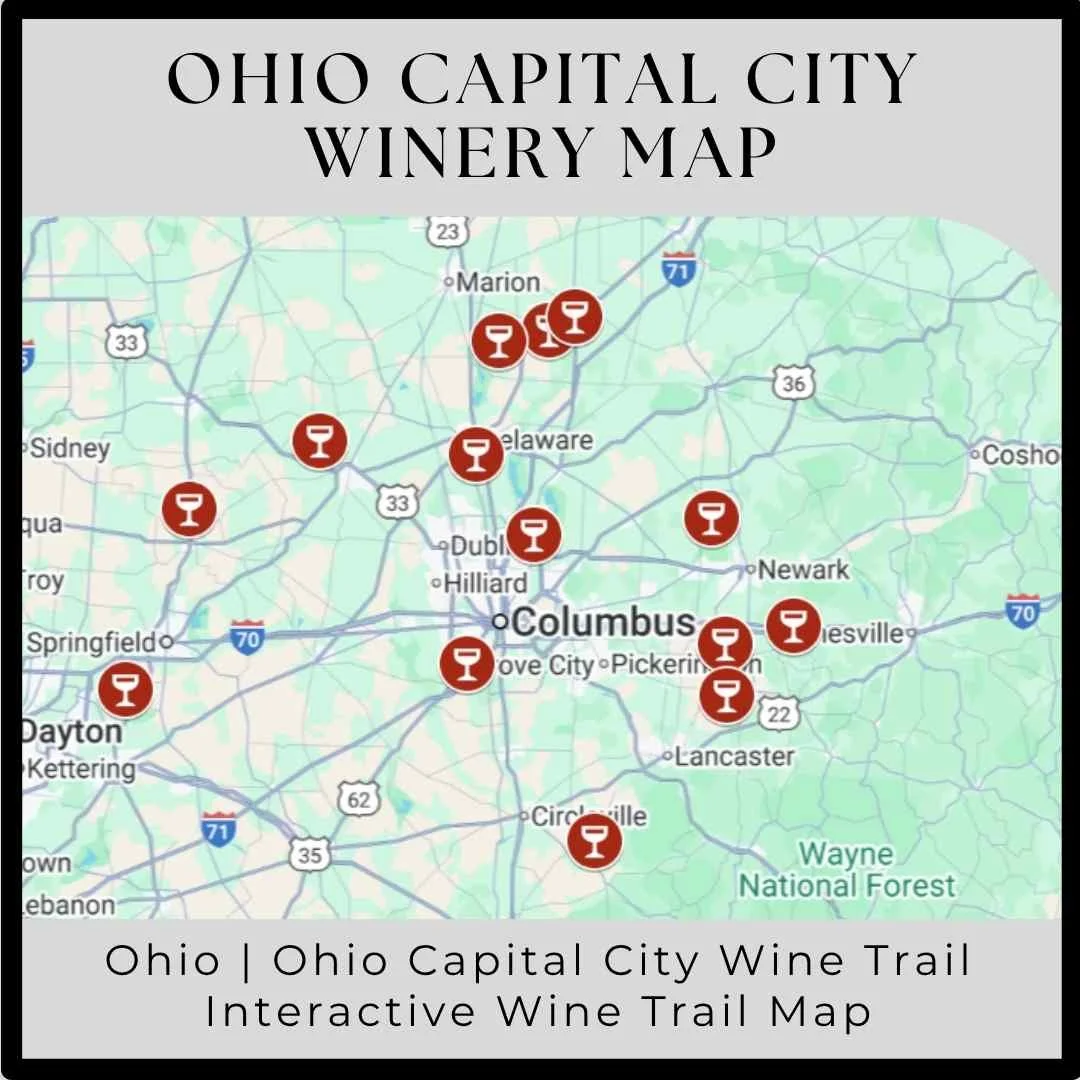History of Long Island Wine Country
From Potato Farms to World-Class Vineyards
New York | Long Island | Wine Region Education
Long Island Vineyard
When people think of New York, they often envision the bustling streets of New York City. However, just a couple of hours away lies a totally different world—Long Island, a maritime community that has grown into one of New York’s most exciting wine regions. The History of Long Island Wine is a relatively recent tale of transformation, innovation, and perseverance, turning former potato fields into vibrant vineyards. Today, the Long Island AVA is celebrated for its high-quality wines, particularly in regions two sub-AVAs North Fork AVA and Hamptons AVA , making it a prime destination for any Long Island Wine Tour.
Early Wine-Growing History
The roots of Long Island’s wine industry go back to the 1800s, but initial attempts to grow vinifera grapes (European wine grapes) failed due to disease and climate challenges. It wasn’t until 1973 that Long Island's first successful commercial vineyard was established by Louisa and Alex Hargrave. The Hargraves formed Hargrave Vineyard and planted Cabernet Sauvignon, Pinot Noir, and Sauvignon Blanc on a former potato farm in Cutchogue, New York. In 1999 they sold their winery to Castello di Borghese who are still in operation today, giving visitors a chance to experience Long Island wine history. The Hargraves set the stage for Long Island’s transformation from a farming region to a thriving wine destination.
Influence of Local Grape Growing
In the 1950s, the Wickham family planted vinifera table grapes, which inspired the Hargraves to experiment with wine grapes in the 1970s. The maritime climate, influenced by the Atlantic Ocean and Long Island Sound, proved ideal for growing grapes, with the water moderating temperatures and extending the growing season. This unique terroir has helped the region develop wines with a balance of New World ripeness and Old World elegance.
Other early Long Island Wine Pioneers
Lenz Winery – Since 1978
Founded in 1978, Lenz Winery is one of the earliest wineries in the region. Originally part of Krupski Farms, it was transformed into a vineyard and tasting room. In 1988, the winery changed hands to Peter and Deborah Carroll, who have continued its legacy. Lenz remains known for its rich history and commitment to crafting traditional, high-quality wines on Long Island’s North Fork.
Pindar Vineyards – Since 1979
Established in 1979 by Dr. Herodotus "Dan" Damianos, Pindar Vineyards is one of the largest and most recognized producers on Long Island. Dr. Dan, a pioneering figure in the region's wine industry, planted the first 30 acres in Peconic and introduced the winery's first wines in 1982. Today, Pindar Vineyards continues to be operated by his children, offering a diverse range of wines that highlight the region's terroir.
Peconic Bay Vineyards – Since 1979
Peconic Bay Vineyards was founded in 1979 by Ray Blum, who initially sold grapes to other wineries before bottling his own wine in 1984. Blum played a significant role in the early days of Long Island wine, planting vineyards that now form part of Bedell Cellars and Paumanok Vineyards. The Soloviev family now owns and operates Peconic Bay Vineyards, continuing Blum’s legacy of producing high-quality wines.
Bedell Cellars – Since 1980
Founded by Kip Bedell in 1980, Bedell Cellars quickly became known for its innovative winemaking techniques. Bedell earned the nickname "Mr. Merlot" for his contributions to the region’s red wines. In 2000, the Lynne family acquired Bedell Cellars, and winemaker Richard Olsen-Harbich helped establish the North Fork AVA. Bedell continues to produce highly acclaimed wines on the North Fork.
Paumanok Vineyards – Since 1983
Founded in 1983 by Charles and Ursula Massoud, Paumanok Vineyards is a family-run estate, known for its Chenin Blanc and commitment to sustainable winemaking. The Massouds planted their first vines on their 127-acre estate and opened a tasting room in 1989. Paumanok has become a cornerstone of the Long Island wine community, with Charles serving as president of the Long Island Wine Council in the 1990s.
Wölffer Estate Vineyard – Since 1988
Wölffer Estate Vineyard was founded by Christian Wölffer in 1988. Wölffer began acquiring farmland in the late 1970s and planted his first vines in 1988 under the name Sag Pond Vineyards, later rebranding as Wölffer Estate. Today, the vineyard is run by his children, Marc and Joey Wölffer, and is known for its high-quality wines and sustainable practices.
Recent Wine Industry Growth
By the 1990s, Long Island's wine industry gained momentum, attracting skilled winemakers, who brought new techniques and expertise. Red wines, particularly Merlot and Cabernet Franc, gained attention, putting Long Island on the map with critical praise from Wine Spectator and The New York Times. Vineyard acreage expanded rapidly, growing from 600 acres in 1990 to over 2,000 acres by 2000, leading to the creation of the Long Island Wine Trail that connects the region’s top wineries.
North Fork vs. South Fork: A Tale of Two Wine Regions
While North Fork Wine enjoys relatively stable temperatures thanks to the surrounding bay and ocean, the South Fork, known as The Hamptons, has cooler conditions that slow grape ripening. This distinction between the two forks contributes to the diverse wine styles produced across Long Island, making it an exciting region for winemakers and wine lovers alike.
Challenges and Discoveries in Winemaking
Long Island’s journey into viticulture was not without challenges. Many of the region’s early wineries were started by individuals without formal winemaking experience. It took time to understand which grape varieties would thrive in the region’s specific soils and climate. Today, Long Island winemakers are focused on quality, experimenting with different grapes and production methods to find what works best for their vineyards.
Other items that might interest you, click to learn more
The Role of Premium Wine Group
In 2000, the establishment of Premium Wine Group further bolstered the industry by providing shared resources and equipment for smaller wineries. This cooperative model helped producers like Sparkling Pointe create high-quality wines without needing large capital investments. Long Island’s sparkling wine production is now a growing sector, showing significant promise for the future.
Sustainability and the Future of Long Island Wine
As Long Island's wine industry has matured, there has been a strong push towards sustainable and organic practices. Wineries are increasingly adopting eco-friendly methods in response to consumer demand and environmental challenges. The region is also exploring new grape varieties and hybrids to adapt to climate change, ensuring the longevity and resilience of Long Island Wine. This movement is with the help of organizations like Long Island Sustainable Winegrowing, not-for-profit organization that provides education and certification for Long Island vineyards
Modern Success and Global Recognition
Today, Long Island wines are celebrated on the global stage. With over 50 years of experience, the region has honed its winemaking craft, producing wines that are now recognized for their complexity and quality. The area's nearly 60 wineries, spread across the Long Island AVA, The Hamptons AVA, and the North Fork AVA, offer wine enthusiasts a diverse range of tasting experiences, whether they are looking for a North Fork Wine Tour or exploring the Hamptons Wine scene.
A Golden Anniversary
In 2023, Long Island Wine Country celebrated its 50th anniversary. This milestone marks half a century of growth and success, with wineries now producing wines that can age beautifully for decades. Long Island continues to be a unique and evolving region, offering wine lovers the opportunity to learn about Long Island wine and discover its rich history and promising future.
Whether you're planning a Long Island Wine Tour or simply curious to learn about the history of Long Island Wine, the region’s vibrant wine scene is worth exploring. From the tranquil vineyards of the North Fork to the cooler climate wines of the South Fork, Long Island offers a wine experience that will surprise and delight any visitor.













































































